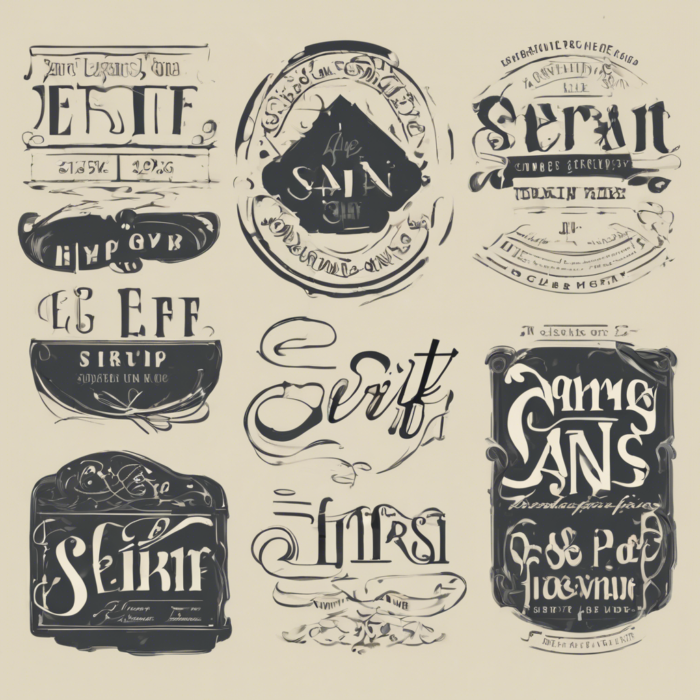Typography is a fundamental design tool that goes beyond aesthetics—it impacts readability, accessibility, and user experience. Whether you’re a designer or brand manager, understanding basic typography concepts is essential for creating effective designs.
What is Typography?
Typography is the art of arranging text in a visually appealing and readable way. It involves selecting typefaces, managing font sizes, adjusting spacing, and creating a harmonious composition between text and design.
Key Font Categories
- Serif Fonts: Display decorative strokes or “feet” at the ends of letters. Perfect for tradition and elegance (e.g., Times New Roman, Garamond).
- Sans-serif Fonts: Clean and modern with no strokes. Ideal for technology or minimalistic brands (e.g., Arial, Helvetica).
- Script Fonts: Mimic handwriting with a flowing style. Used for luxurious or creative designs.
- Display Fonts: Bold and decorative fonts mainly suited for headings (e.g., Lobster).
Typography Concepts to Know
- Kerning: Adjusts spacing between individual letters.
- Leading: Defines the space between lines of text.
- Tracking: Controls spacing across a range of characters.
How to Use Fonts Effectively
- Match fonts to your project’s tone and purpose.
- For body text, prioritize readability by using clear fonts at an appropriate size.
- Pair complementary fonts: Combine a sans-serif for headers with a serif for body text to create contrast.
Conclusion
Typography is an art that can elevate your design when used thoughtfully. Experiment with serif, sans-serif, script, and display fonts to discover creative combinations for your next project.

